SUMMARY
This is AI generated summarization, which may have errors. For context, always refer to the full article.

On Dec 12, 2012, the House of Representatives voted on HB 4244 (An Act Providing for a Comprehensive Policy on Responsible Parenthood, Reproductive Health and Population and Development).
The draft bill advanced to the second reading by a very slim margin of 113 “ayes” to 104 “nayes.” Three solons abstained and 62 others did not cast their votes. The week after, the draft bill passed on 3rd reading, with an improvement in the margin: 133 “ayes” to79 “nayes.” A good number of solons remained on the fence, either opting to abstain or choosing not to cast their votes.
Because the RH bill has been (and perhaps with the court challenge, continues to be) controversial, it offers an interesting subject of analysis to help inform us on the overall actions of Congress on important legislation.
Unless otherwise stated, our analysis focused on district-based solons (hence we exclude the party-list solons) so that we could link the specific groups of solons to the poverty levels of their respective regions. We also focused on the results of the 2nd reading because this may be a closer approximation of the true average positioning of solons on this issue.
Varied support across regions
Based on the 2nd reading votes, only in 5 regions did more than 50% of solons vote for HB 4244: NCR (17 out of 30 solons), CAR (4 out of 7), Region VI/Western Visayas (12 out of 18), Region XII/Central Mindanao (5 out of 7) and ARMM (where 6 out of 8 solons voted in favor of HB 4244; the other 2 in this case did not participate in voting). ARMM actually had a much higher proportion of solons who voted for HB 4244 when compared to NCR.
The regions that had less than 10% of their solons voting for HB 4244 include Region V/Bicol (1 out of 15 voted for and 9 out of 15 voted against the bill) and Region VII/Central Visayas (1 out of 16 and 9 out of 16 voted in favor and against the bill, respectively).
In addition, in Region IV-B — consisting of Marinduque, Mindoro Occidental, Mindoro Oriental, Palawan (and Puerto Princesa) and Romblon — no solon voted for HB 4244 on the 2nd reading. Instead, 6 out of their 7 solons voted against the bill (See figure 1).
Turning to the 3rd reading voting outcomes, of those who voted “yes” on the second reading, over 90% stuck to their vote in the 3rd reading. However, of those who voted “no” on the second reading, only about two-thirds voted “no” on the 3rd reading.
Interestingly, not a single district representative who voted “yes” on the RH Bill on the 2nd reading switched his/her vote to “no” on the 3rd reading. Neither did any district representative who voted “no” in the 2nd reading switch to “yes” on the 3rd. In fact the shifts on the 3rd reading were mostly accounted for by solons choosing not to vote at all.
Figure 1. Which Regions Delivered the Votes to Support the Bill?
Proportion of Solons who Voted for House Bill 4244, by Region and by 2nd or 3rdReading
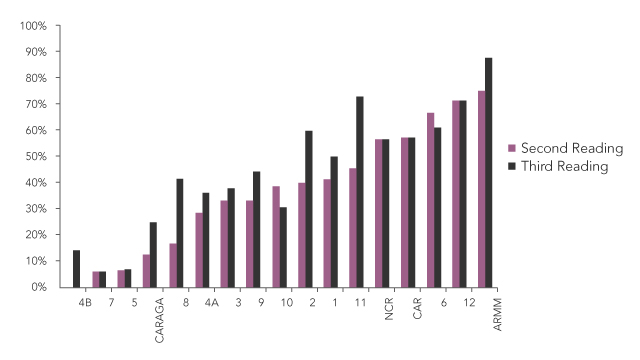
Note: The vertical axis represents the proportion of those who voted “yes” with respect to the total number of solons for each region.
No immediate and clear explanation seems obvious, as to why certain regions exhibited far stronger (or relatively weaker) support for the bill. However, political pundits have many hypotheses and here are a few.
On the “no” vote:
- One possibility is that the so-called Catholic vote was perceived by some solons in some regions to be much stronger, compelling these solons to vote against the bill. Whether or not it actually is, could be studied further.
- Some politicians expressed doubts about the effectiveness of the interventions linked to the RH bill, even as evidence in other countries appeared to suggest otherwise.
On the “yes” vote:
- Some solons were firm advocates of the RH bill and women’s right to reproductive health.
- It is possible solons responded to numerous polls that indicated strong public support for the RH bill. A survey by SWS conducted in October 2008 and led by Mahar Mangahas suggested that over 70% of Filipinos support the passage of the RH bill. Another survey by SWS conducted in late 2012 indicated that over 80% of NCR youth (aged 15-24) favored the RH bill.
- Further, business groups such as the Employers Confederation of the Philippines (ECOP), Financial Executives Institute of the Philippines (FINEX), Makati Business Club (MBC), Management Association of the Philippines (MAP), and the Philippine Chamber of Commerce and Industry (PCCI) threw their support for this legislation.
- Finally, at least one Church leader alleged that administration officials dangled (or threatened withdrawal of) pork barrel funds to apply additional pressure on undecided solons.
Major parties divided
None of the major parties demonstrated overwhelming support for the RH bill. Based on a tally of votes on the 2nd reading of the RH Bill compiled by Rappler’s Carmela Fonbuena, among the major political parties, the Liberal Party demonstrated the greatest proportion voting for the bill.
Over 60% of LP solons who voted threw their support behind the bill (43 out of 69 solons from LP). This is closely followed by NPC which had about half (17 of 33) of its voting solons supporting the bill as well. Nevertheless, close to a third (for LP) to over 40% (for NPC) of their respective ranks voted against the bill.
Among the Nacionalistas and National Unity Party (NUP) solons, the picture appears reversed. “Ayes” and “nayes” got the same number of votes among the Nacionalista Party members (8 votes each), while the majority of NUP solons (around 70% or 18 out of 26) voted against the bill.
Turning once again to the 3rd reading, more than half of the district solons who failed to cast votes on the 2nd reading turned up to vote on the 3rd reading. For those who did not vote on 2ndreading but voted “yes” on 3rd reading, many of them (10 out of 21) came from LP, while the rest came from NPC (5), Lakas-Kampi (2), NUP (2) and Nacionalista Party (2).
Overall, these results further reveal the lack of unified political platforms even within parties. If the House of Representatives is divided on this issue, so too are the major political parties (See figures 2, 3 and 4).
Figure 2. Liberal Party Representatives’ Votes on HB 4244
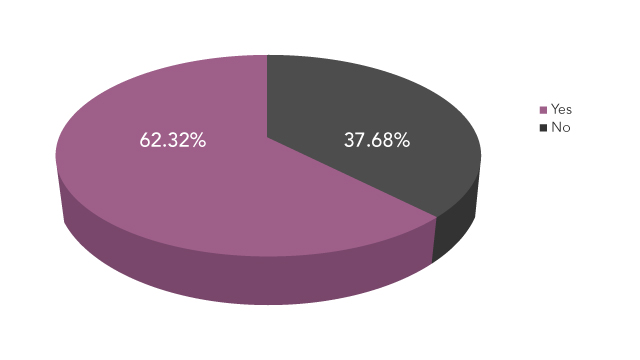
Figure 3. NPC Representatives’ Votes on HB 4244
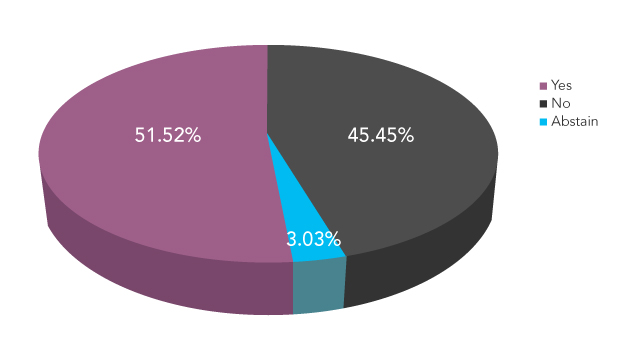
Figure 4. Nacionalista Party Representatives’ Votes on HB 4244
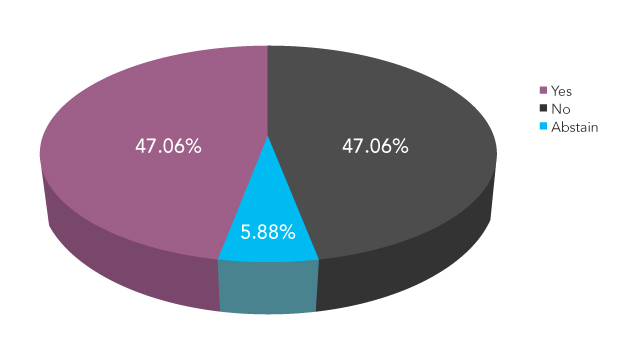
Less supportive solons
RH bill proponents argued it could contribute to broader poverty reduction and economic development in the country. Indeed, academic economists in University of the Philippines School of Economics, around 45 faculty members from De La Salle University and about 160 academics across disciplines in Ateneo de Manila University threw their support behind the bill, based on pro-equity, rights and human development arguments.
If the implementation of the RH law proves to be effective, it could help lower family sizes, and improve the capability of low-income families to more adequately invest in the nutrition, education and general wellbeing of their children. That, in turn, could help them break free from the poverty trap.
At the national level, with improved human capital investments on average, this could enhance the country’s economic competitiveness and also boost long-term growth, given empirical evidence from other countries.
If the above argument holds water, and if all solons seek to promote the most good for their constituents, it should stand to reason that solons from much poorer districts and regions were more likely support the draft bill. (After all, this legislation favors a subsidized provision of family planning interventions which favors those who have less capability to pay.)
Nevertheless, the voting patterns on the 2nd reading seem to contradict this. (And even the 3rd reading voting patterns do not change this general observation.)
Figure 5 plots the poverty in each region against the relative strength of support for the RH bill in each region (indicated by the share of solons voting “yes” over the total number of solons in each region). To clarify, the straight line in this figure helps to illustrate the central tendency or relationship linking poverty and solons’ support for the bill. Put simply, it shows the possible average relationship of poverty and RH bill support from solons across the different regions.
Essentially, the downward sloping line suggests this interpretation: On average, regions that have higher poverty incidence tend to have less solons supporting the RH bill. We also indicate on this graph the change in votes between the 2nd and 3rd readings which indicates that some solons in a few regions (i.e. Regions 8 and 11) only showed their support for the bill in the 3rd reading.
Of course, there are also clear exceptions. Regions 9 and ARMM for instance possess somewhat similar poverty incidence figures, for example, but differing levels of support for the bill. However, even with the changes based on the 3rd reading, and considering the exceptions, the over-all relationship still tends to be negative. (In fact it is even more negative if we take out ARMM which seems here to be an outlier.)
Figure 5. Did Representatives from Poorer Regions Vote for HB 4244?
Cross-Plot of Poverty Rates (X-Axis) and Proportion of Representatives Voting in Favor of HB 4244 on 2nd Reading (Y-Axis), by Region
(Red triangle markers represent movements on third reading votes)
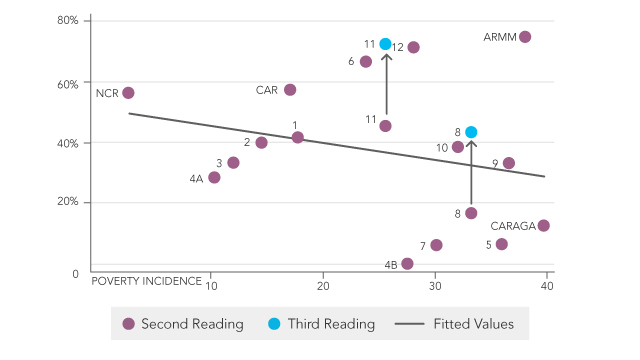
Note: The vertical axis represents the proportion of those who voted “Yes” with respect to the total number of solons for each region. We report only the major changes in the 3rd reading, focusing on Regions 8 and 11. On the other hand, minor downturns were observed only for Regions 6 and 10.
The results are striking, given that those regions that may need this law the most (at least according to the economic argument and evidence) may actually have less solons supporting the bill. What could explain this?
It is possible that solons from poor and largely-rural districts believe that the so-called Catholic vote exists in their jurisdiction. Perhaps a more troubling possible explanation is that some local government officials may actually see it in their interest not to change the status quo — large numbers of constituents mired in poverty.
According to literature on the Philippine political system, there is anecdotal evidence that politicians may actually favor many poor voters because they are easily bought, and perennially reliant on patronage. More educated and empowered voters, on the other hand, may actually demand more reforms and greater accountability — both anathema to patronage politics.
For policymakers and advocates who would not only want to see this law passed, but also properly implemented, these voting patterns offer much food for thought. If these voting patterns also translate into patterns of relative effectiveness in implementation of this law (in a decentralized governance environment where local politicians may respond to different pressures when implementing the law), then much work still lies ahead for advocates and reformists supporting reproductive health policies.
Now the more difficult work — implementing this law — begins. – Rappler.com
*The author is an Associate Professor of Economics at the Asian Institute of Management and concurrently serves as the Executive Director of the AIM Policy Center. The author thanks Charles Siriban for research assistance and Tristan Canare for helpful inputs. The views here do not necessarily reflect those of AIM.
Add a comment
How does this make you feel?
There are no comments yet. Add your comment to start the conversation.